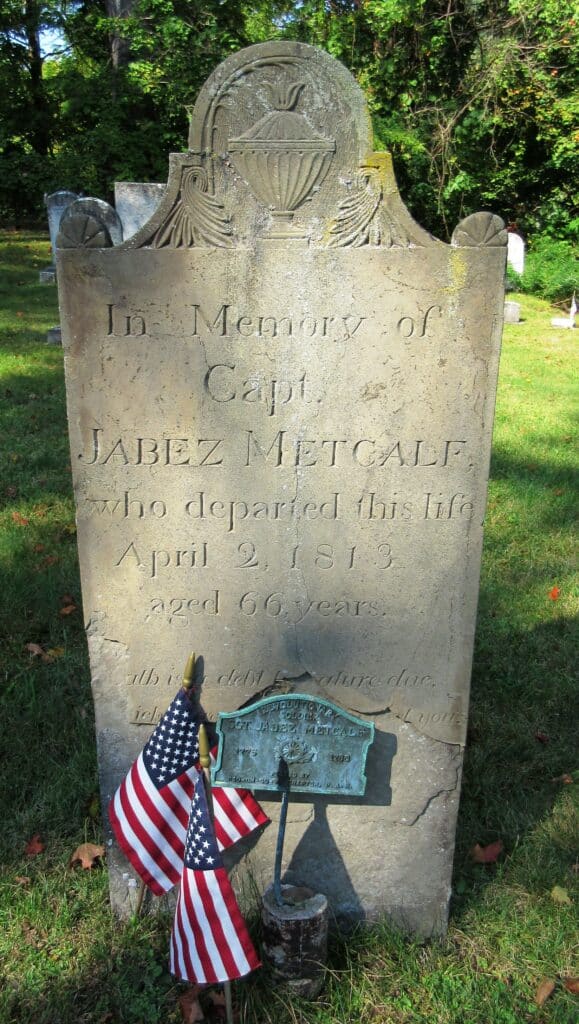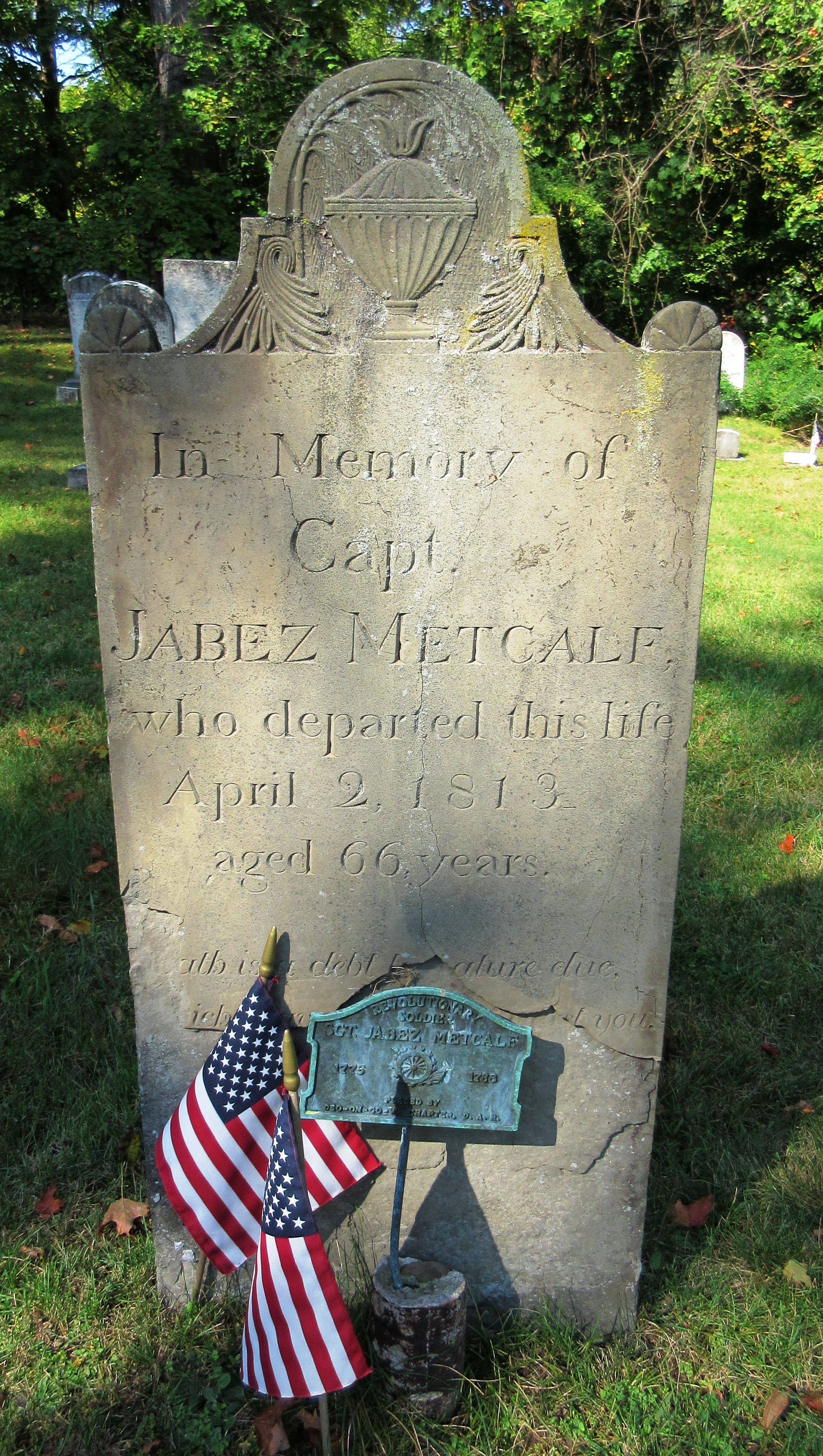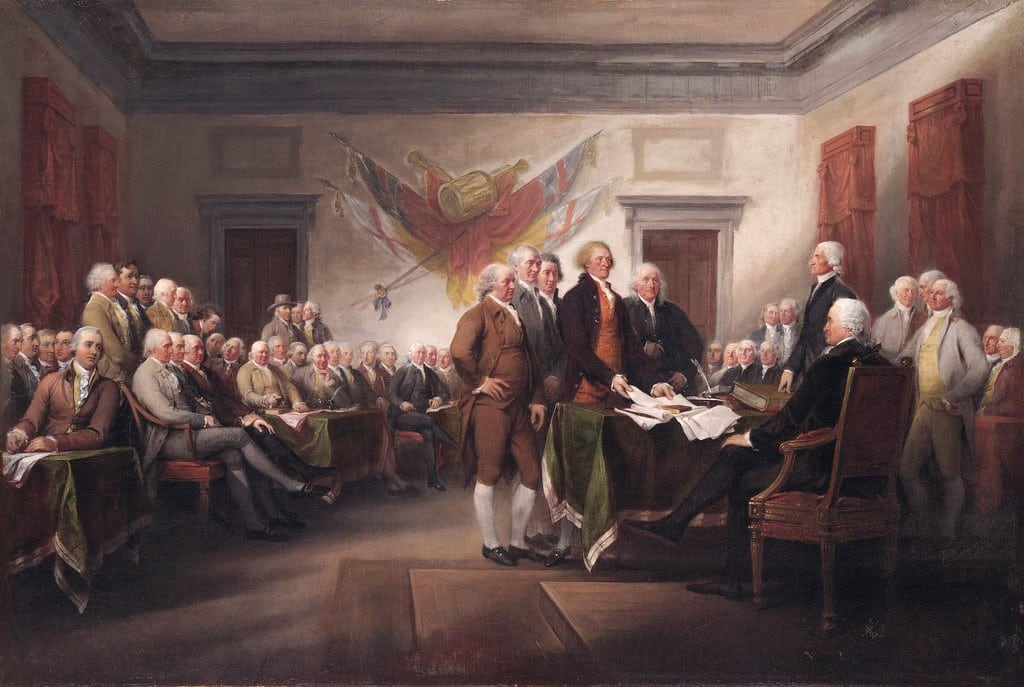Revolutionary War Records – Part 2
 14
14Jul

In the previous blog, we learned some history around the American Revolution. Knowing the historical context of our ancestors’ lives helps us understand how they lived. Of course, as genealogists, we also want to learn the minute details of our ancestors’ lives. This blog will go over that for our Revolutionary War ancestors. [i]
Records generated
Like other activities our ancestors participated in, the Revolutionary War left a paper trail. Records created during the war were muster rolls and payroll records. These were created by the colonial governors, who were commanders-in-chief. When they had their trainings on the muster grounds, they recorded who was absent and who was present. If a soldier was absent, they’d indicate why.
Records created after the war included bounty land records and pension records. Other blog articles go into more detail on these record types.
 If a soldier or his widow applied for a pension, they had to prove his service to the pension office. A widow had to prove her marriage to the soldier and his death. If the pension was approved, they would regularly go to the pension office to pick up their payments. The application process inevitably left a paper trail, which can be extensive. The payment of pensions also left a paper trail.
If a soldier or his widow applied for a pension, they had to prove his service to the pension office. A widow had to prove her marriage to the soldier and his death. If the pension was approved, they would regularly go to the pension office to pick up their payments. The application process inevitably left a paper trail, which can be extensive. The payment of pensions also left a paper trail.
The paper trail left by the payment included pension ledgers and the final payment. The final pension payment was made to the heirs after the pensioner’s death. This consisted of the payment owed between the last one the pensioner picked up and his death date. In the pension ledgers, you may find information about the veteran’s death or transfers. A veteran who moved would have transferred pension agencies. These act like a census, showing where your ancestor resided and when they moved. It’s much more precise than the census because your ancestor was allowed to collect payment every six months.
Not every Revolutionary War veteran qualified for a pension. However, bounty land was available to most soldiers who served in the war. Therefore it’s possible that your ancestor applied for bounty land while not qualifying for a pension. In such a case, bounty land records would be invaluable in your research.
The records from bounty land include the application which your ancestor would have filled out, the warrant which would have been granted to your ancestor, the survey of the land when they claimed it, and the patent once the land was theirs. Some bounty land warrantees sold their warrants, and those transactions would have been recorded.
For more information on bounty land, read Christine Rose’s book Military Bounty Land 1776-1855.
Bounty land and pension records both give details of your ancestor’s war service. Those same records of your ancestor’s unit-mates will also provide such detail.
How to find records
[ii] Like any other research, with Revolutionary War research, you want to start with what you know. This includes knowing when and where your ancestor was born and where he resided. Possible Revolutionary War ancestors will be any males born between 1700 and 1770, mostly between 1745 and 1765. The place where your ancestor resided is where records would have been created of him and where he would have enlisted for the war.
Like any other research, with Revolutionary War research, you want to start with what you know. This includes knowing when and where your ancestor was born and where he resided. Possible Revolutionary War ancestors will be any males born between 1700 and 1770, mostly between 1745 and 1765. The place where your ancestor resided is where records would have been created of him and where he would have enlisted for the war.
It also helps to know the ancestor’s spouse and children. Many Revolutionary War veterans had wives who far outlived them, who would have applied for a widow’s pension. Lineage societies have information about many veterans, and the descendants who joined would have had to prove descent, which means they’d have had to establish the relationship between the veteran and one of his children. Knowing who the immediate family is allows you to learn about your Revolutionary War veteran ancestor through their records. It also helps you differentiate between men of the same name.
Lastly, you want to know your ancestor’s military unit. If he or his widow or heirs applied for a pension or bounty land, those records would indicate his military unit. Knowing the unit is helpful when searching for service records.
The first place to start is with family sources, including oral histories or family lore, papers, and artifacts. Family stories tend to get embellished and altered when passed down, so treat them as clues rather than evidence. Papers about Revolutionary War service tend to be created long after the event, sometimes by a grandchild wanting to commemorate their grandparents’ service. An artifact could be a weapon or an award passed down from the Revolutionary War ancestor. All of these are clues to guide the research.
The next place is to see what research has already been done. As mentioned previously, descendants had to prove their descent from a Revolutionary War patriot to join a lineage society. Such societies are the Daughters of the American Revolution (DAR) and the Sons of the American Revolution (SAR). Each has an ancestor database where you can search for your ancestor, purchase the application files, and see what other descendants have submitted about them. Some ancestors had multiple descendants apply for membership through them, each with separate application numbers. The higher the application number, the more recent the application. The more recent applications are favorable because they tend to be better researched and scrutinized than older ones.
The DAR database also contains a pension index, bible records and transcriptions, and a “forgotten patriots” project. The DAR accepts as patriots those who lent money to the Continental Congress. The SAR considers Lord Drunmore’s war a Revolutionary War battle, but the DAR does not.
Fold3 is known for its military collections, which include Revolutionary War records. The Revolutionary War pension records are available on Fold3 for free. Fold3 also contains final payment vouchers.
If your ancestor applied for bounty land, you could find resources for those records in the FamilySearch Wiki. On the appropriate state page, click Land and Property to search for bounty land resources.
Ancestry has pension ledgers which can be found by searching their card catalog. Sometimes veterans or widows wrote to Congress to make a private claim for compensation. To find these records, look for private claims databases on Ancestry and FamilySearch.
There are published books, which you can find either at a local library, genealogical or historical society, a university library, or the FamilySearch Library. Some states have published books on final payment vouchers. The following books may also be helpful to you:
- Understanding Revolutionary War and Invalid Pension Ledgers 1818-1872 and the Pension Payment Vouchers they Represent by Craig R Scott
- The Pictorial Field-Book of the Revolution; or Illustrations, by Pen and Pencil, of the History, Biography, Scenery, Relics, and Traditions of the War for Independence by Benson J Lossing
- Encyclopedia of Continental Army Units: Battalions, Regiments, and Independent Corps by Fred Anderson Berg
- Historical Register of Officers of the Continental Army and the War of the Revolution by Francis Bernard Heitman

[iii]When you get the pension or bounty land record, you may find it helpful to transcribe the entire record. The pension file will contain many documents written in old cursive. One can very easily overlook important information by merely scanning the papers. Transcribing the record will force you to read and decipher every word. In doing this, you catch the details you may have missed otherwise. Unknown relationships may be revealed, or the record will contain critical information needed to break down your brick wall.
The pension and bounty land records usually contain details of your ancestor’s Revolutionary War service. However, you can find more information in the service records, the unit histories, and the pensions of other men in the same unit. If your ancestor did not apply for a pension, these other places are yur best bet for finding details of his military service.
Service records can be found on Fold3. The National Archives (NARA) houses military unit histories. Your ancestor’s military unit can also be searched for on Google and Wikipedia. You can also look up unit reenactments, war battlefields, and maps. Newspapers are another good resource; they could mention your ancestor’s unit, announce casualties during the war, announce veteran reunions after the war, and add to your historical knowledge of the time.
What if you do not find an indication that your ancestor served? He may have been exempt from service, been a neutral party, or avoided service. Looking up colonial laws for his locality will tell you if he would have been exempt. Knowing his religious denomination should determine the likelihood of him being neutral.
Celebrate the month of Independence Day by researching your Revolutionary War ancestors. Price Genealogy can help.
By Katie
Resources
- https://familytreewebinars.com/webinar/u-s-revolutionary-war-a-case-study-approach/?category=records&subcategory=military&subsubcategory=revolutionarywar
- https://familytreewebinars.com/webinar/remote-research-in-the-databases-of-the-daughters-of-the-american-revolution-genealogical-research-system/?category=records&subcategory=military&subsubcategory=revolutionarywar
- https://familytreewebinars.com/webinar/revolutionary-war-series-1-of-5-the-revolution-more-than-just-the-war/?category=records&subcategory=military&subsubcategory=revolutionarywar
- https://familytreewebinars.com/webinar/revolutionary-war-series-2-of-5-the-participants-in-the-war/?category=records&subcategory=military&subsubcategory=revolutionarywar
- https://familytreewebinars.com/webinar/revolutionary-war-series-3-of-5-records-created-by-the-revolutionary-war-during-the-war/?category=records&subcategory=military&subsubcategory=revolutionarywar
- https://familytreewebinars.com/webinar/revolutionary-war-series-5-of-5-records-created-by-the-revolutionary-war- after-the-war-bounty-land/?category=records&subcategory=military&subsubcategory=revolutionarywar&sortby=newest
- https://www.familysearch.org/rootstech/session/remembering-the-black-patriots-of-the-american-revolutionary-war
- https://www.familysearch.org/rootstech/session/african-americans-in-the-revolutionary-war-war-of-1812
[i] "Redcoats & Rebels Revolutionary War Reenactment" by leewrightonflickr is licensed under CC BY-SA 2.0.
[ii] "Revolutionary War" by Conal Gallagher is licensed under CC BY 2.0.
[iii] "John Trumbull: The Declaration of Independence" by Thomas Cizauskas is marked with Public Domain Mark 1.0.
